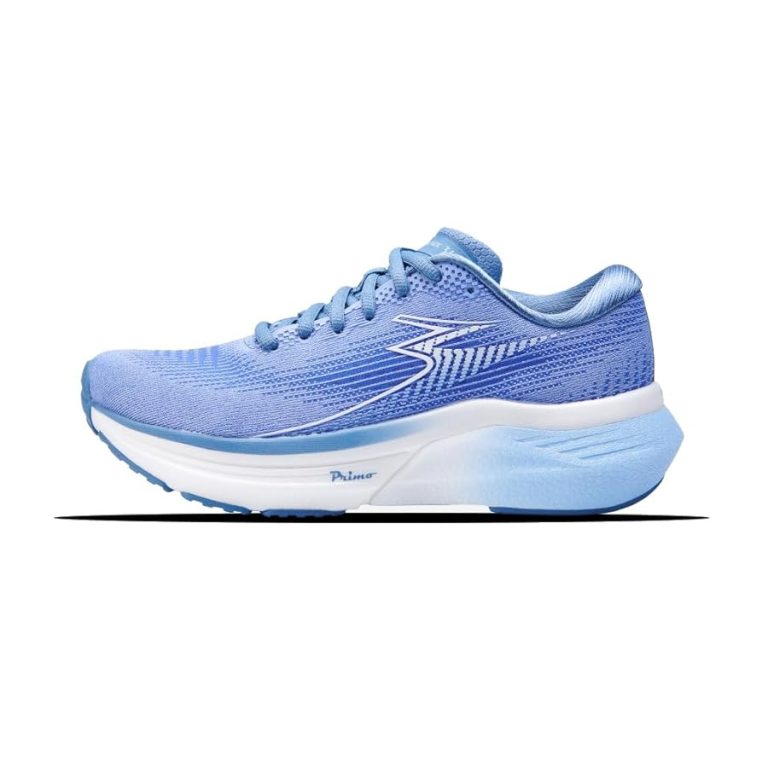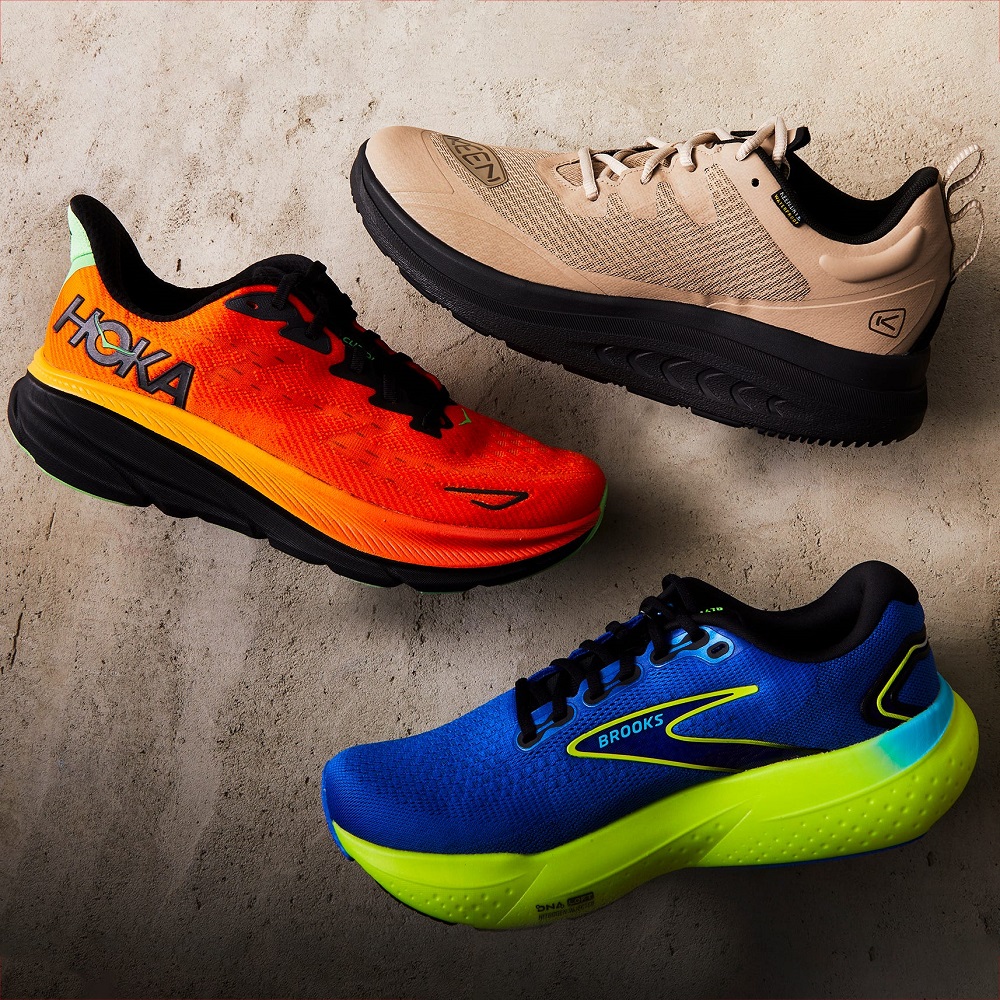
Walking vs Running Shoes: Understanding Your Footwear Choices
Choosing between walking vs running shoes is crucial for anyone looking to maintain an active lifestyle. Although both types of footwear may seem similar at first glance, they are designed for different activities and provide distinct benefits. Understanding the differences between walking and running shoes can help improve your performance, comfort, and overall enjoyment of physical activities. This article will explore the key features of each type of shoe, factors to consider when making a choice, and tips for selecting the right footwear for your needs.
Key Differences Between Walking and Running Shoes
When choosing between walking vs running shoes, understanding their differences is key. Each type of shoe is crafted for specific needs, ensuring optimal comfort and performance.
Sole Design and Flexibility
Walking shoes have flexible soles for natural foot movement. Their design supports heel-to-toe motion. Running shoes feature stiffer soles for stability during high-impact strides. This rigidity prevents excessive foot flexing.
Cushioning and Impact Absorption
Walking shoes focus on light cushioning for even impact distribution. They aim to reduce stress on feet during slow movements. Running shoes, however, prioritize high-impact cushioning to absorb shock from intense activities. The extra padding protects joints and lowers injury risks.
Heel Height and Stability
Walking shoes have low, beveled heels for smooth transitions. This design suits forward motion at moderate speeds. Running shoes often feature higher heels to support quick take-offs and landings. The extra height enhances stability for rapid movements.
By understanding these differences, you can choose the right shoe based on your activity. Proper footwear ensures both comfort and safety, day after day.
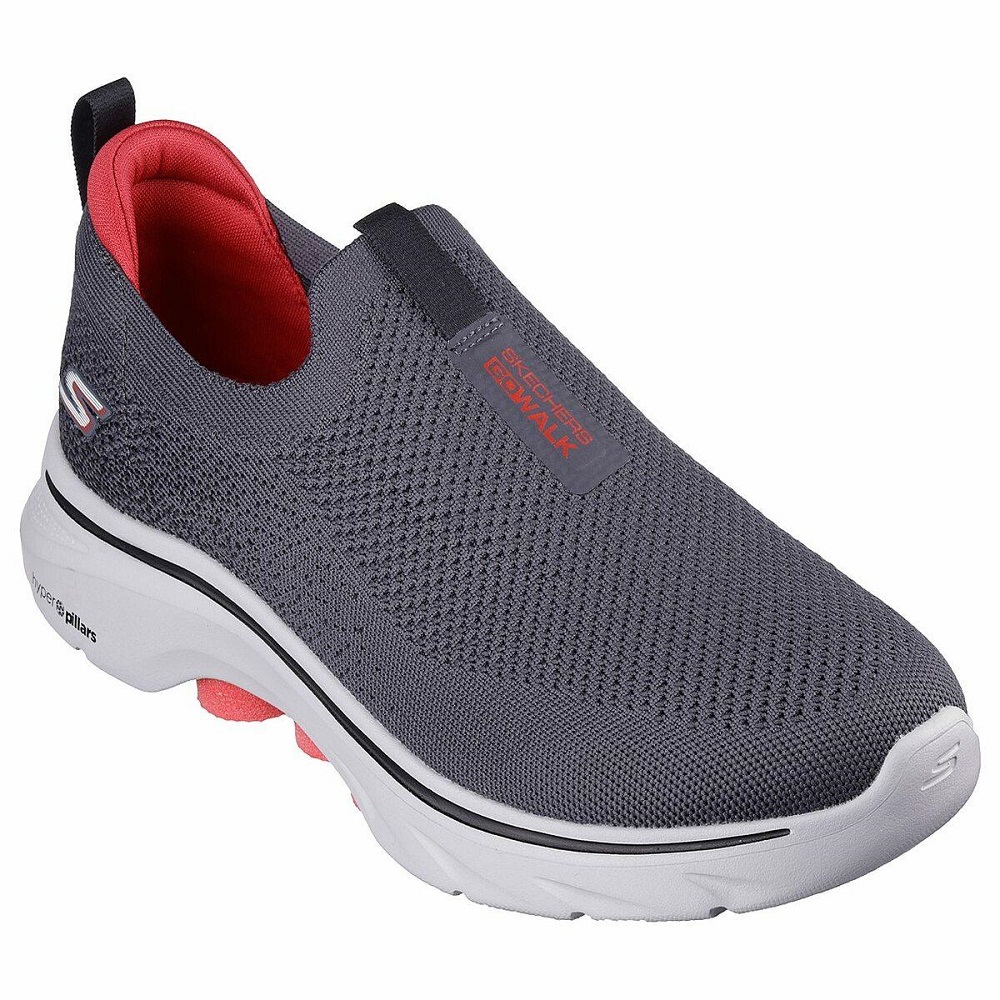
Benefits of Using the Right Shoe for Walking
Choosing the correct shoe for walking is crucial. It can significantly impact your foot health and overall walking experience.
Preventing Foot Pain and Injuries
Walking shoes designed for your needs help avoid pain. They provide proper arch and heel support. These features reduce stress on your feet during extended use. Shoes with a good fit also prevent blisters, calluses, and soreness. Proper cushioning in walking shoes absorbs impact, reducing foot strain and injury risk. Wearing the wrong shoes can lead to long-term conditions like plantar fasciitis or joint issues. Always ensure your walking shoes align with your activity level and foot structure.
Enhancing Comfort and Performance
Well-suited walking shoes make your steps smoother. Lightweight materials reduce fatigue during longer walks. Flexible soles allow natural foot movement, improving comfort. Breathable shoe designs prevent overheating and keep your feet fresh. Proper walking shoes provide better traction, ensuring stability on different surfaces. With increased comfort, you can walk longer distances effortlessly. Investing in the right pair enhances your performance and ensures a pain-free experience.
Advantages of Proper Running Shoes
Choosing the right running shoes offers numerous benefits. They are specifically designed to meet the demands of running activities. By understanding these advantages, you can maximize comfort, performance, and safety during your runs.
Supporting High-Impact Movements
Running exerts significant force on your feet and joints. Proper running shoes provide advanced cushioning to absorb shock. This reduces stress on your ankles, knees, and hips. The reinforced soles promote stability for quick, repetitive movements. The design minimizes injury risks during high-impact activities. Shoes with proper support also help maintain your form, ensuring safer workouts.
Boosting Energy Return and Efficiency
Running shoes are built with materials that enhance energy return. Specialized midsoles, such as foam or gel, store and release energy with each step. This improves efficiency, allowing you to cover more distance with less effort. Lightweight running shoes reduce fatigue, helping you sustain speed for longer periods. Proper running footwear ensures better traction, keeping energy focused on forward motion. With enhanced efficiency, you achieve smoother and faster runs.
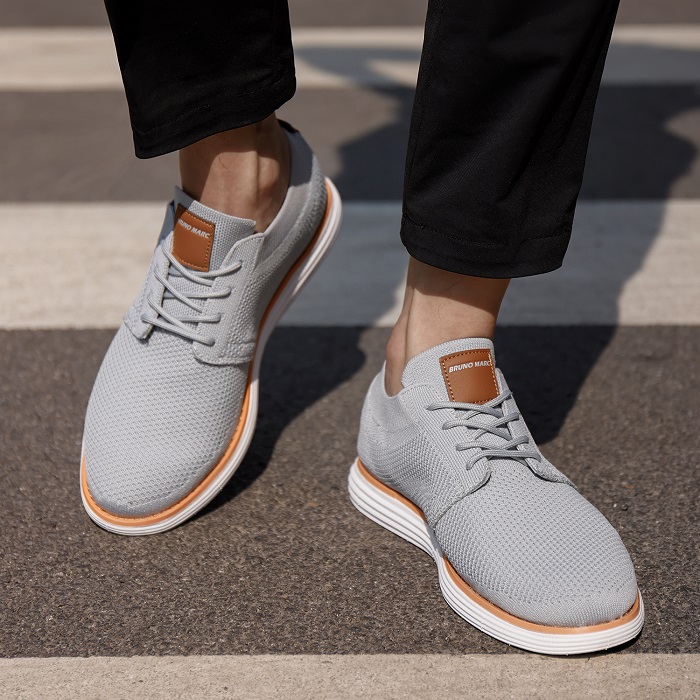
How to Determine Your Shoe Needs
Understanding your shoe needs is essential when choosing between walking and running shoes. Different activities and foot characteristics require specific features to provide comfort, safety, and optimal performance.
Assessing Exercise Frequency and Type
Start by evaluating how often and for what activities you’ll use the shoes. If walking is your primary activity, choose shoes with flexible soles and light cushioning. These features cater to steady, low-impact movements.
For running, opt for shoes with advanced cushioning and reinforced soles. These features absorb shock and support high-impact strides. Occasional joggers might need versatile shoes, while serious runners should prioritize durable and energy-enhancing materials. Matching your shoe choice to your exercise habits ensures comfort and reduces injury risks.
Evaluating Foot Shape and Gait
Your foot shape significantly impacts shoe fit and comfort. Know your arch type—flat, neutral, or high arch. Walking shoes often cater to neutral or low arches, offering extra midsole support. Runners with high arches should look for shoes with added cushioning.
Analyzing your gait helps you find the right support. Overpronators (inward rolling) benefit from stability shoes to reduce strain. Supinators (outward rolling) need cushion-heavy designs for shock absorption. A proper evaluation ensures the shoe aligns with your movement pattern, enhancing performance and reducing discomfort.
By assessing exercise types and your foot structure, you can confidently select the perfect pair of walking or running shoes.
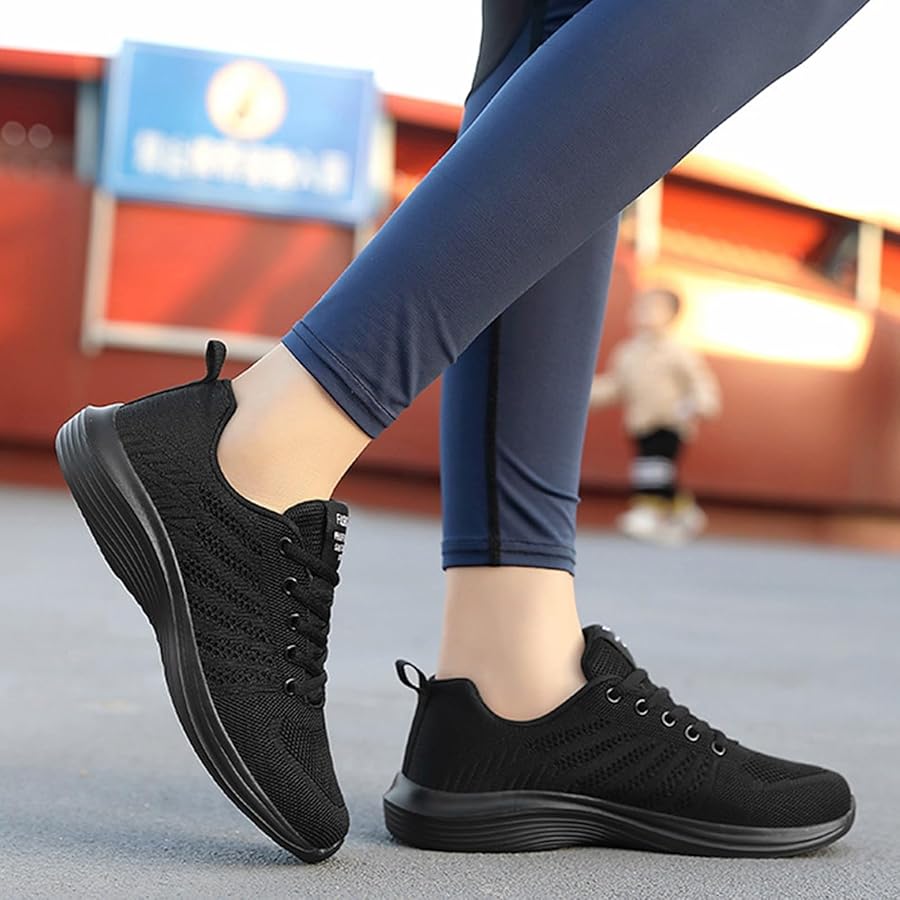
Materials and Technology in Walking and Running Shoes
Choosing shoes with the right materials and technology is crucial for comfort and durability. Walking and running shoes incorporate specialized features to cater to their respective activities, ensuring optimal performance.
Breathability and Durability
Breathability keeps your feet cool during workouts. Mesh materials allow airflow, reducing sweat and overheating. Walking shoes often focus on lightweight designs with breathable fabrics for long strolls. Running shoes enhance breathability while remaining durable for intense activities.
Durable materials prevent wear and tear over time. Running shoes are built with tough outsoles to handle repeated impacts. Advanced stitching and synthetic overlays ensure walking and running shoes withstand constant use. Prioritizing breathability and durability ensures your footwear stays functional and comfortable.
Specialized Features for Comfort
Comfort-enhancing features are vital for walking vs running shoes. Cushioning adapts to your activity, reducing foot strain. Walking shoes have softer midsoles for steady, low-impact movements. Running shoes offer reinforced midsoles for better shock absorption during high-impact strides.
Arch support improves comfort for all foot shapes. Walking shoes typically feature neutral arch support for casual use. Running shoes cater to varying arch types with options like structured or cushion-enhanced designs.
Additional features like padded collars and seamless interiors minimize irritation. Shoes with flexible soles adapt to natural motion, enhancing ease during use. Dedicated comfort-focused technologies make walks and runs more enjoyable and efficient.
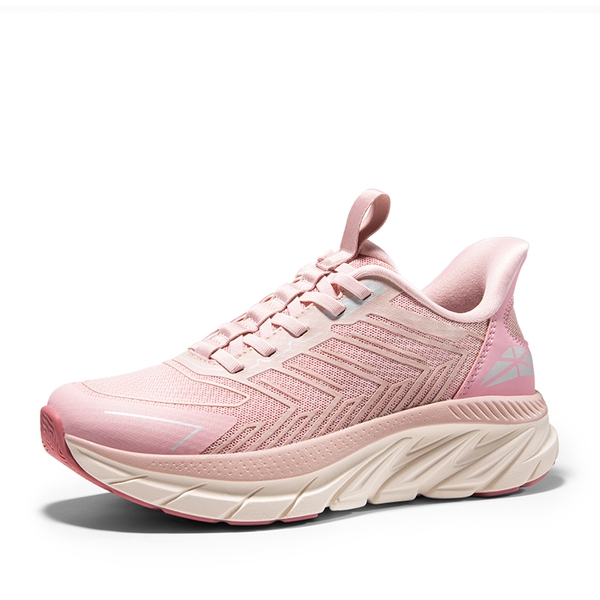
Common Mistakes in Choosing Footwear
Making informed choices about footwear is essential for comfort, health, and performance. Many buyers, however, encounter errors that can impact their satisfaction and well-being. Avoiding these common mistakes will help ensure you select the perfect shoe for your needs.
Misunderstanding Shoe Labels and Purpose
Shoe labels can often be confusing. Misinterpreting them may lead to improper footwear selection. Walking shoes are designed for steady, low-impact activities. Running shoes are built for high-impact, dynamic movements. Mixing these types can result in discomfort and reduced performance.
Another common misstep is choosing shoes based solely on looks. Stylish designs might lack features necessary for your activity. Understand the specific purpose of the shoes before purchasing. Always prioritize function and suitability over appearance.
Many buyers overlook specialized features that could benefit them. For example, walking shoes often have flexible soles, while running shoes offer greater shock absorption. Ensure the shoe design matches your intended use.
Ignoring Fit and Size Considerations
Proper fit is crucial for comfort and health. Shoes that are too tight can cause blisters and soreness. Loose shoes, on the other hand, reduce stability and support.
Ignoring foot measurements can lead to incorrect sizing. Always measure your feet before buying new shoes. Keep in mind that sizes may vary between brands and styles.
Another mistake is neglecting to try the shoes on. Testing ensures a snug fit and evaluates comfort during motion. Pay attention to areas like the toe box, arch support, and heel grip.
Lastly, some people forget to factor in foot swelling during long activities. Choose footwear with enough space to accommodate this natural change. A perfect fit prevents injuries and enhances your overall experience.
By avoiding these common errors, you can select walking and running shoes that align with your needs. Proper footwear ensures comfort, safety, and improved performance for every activity.
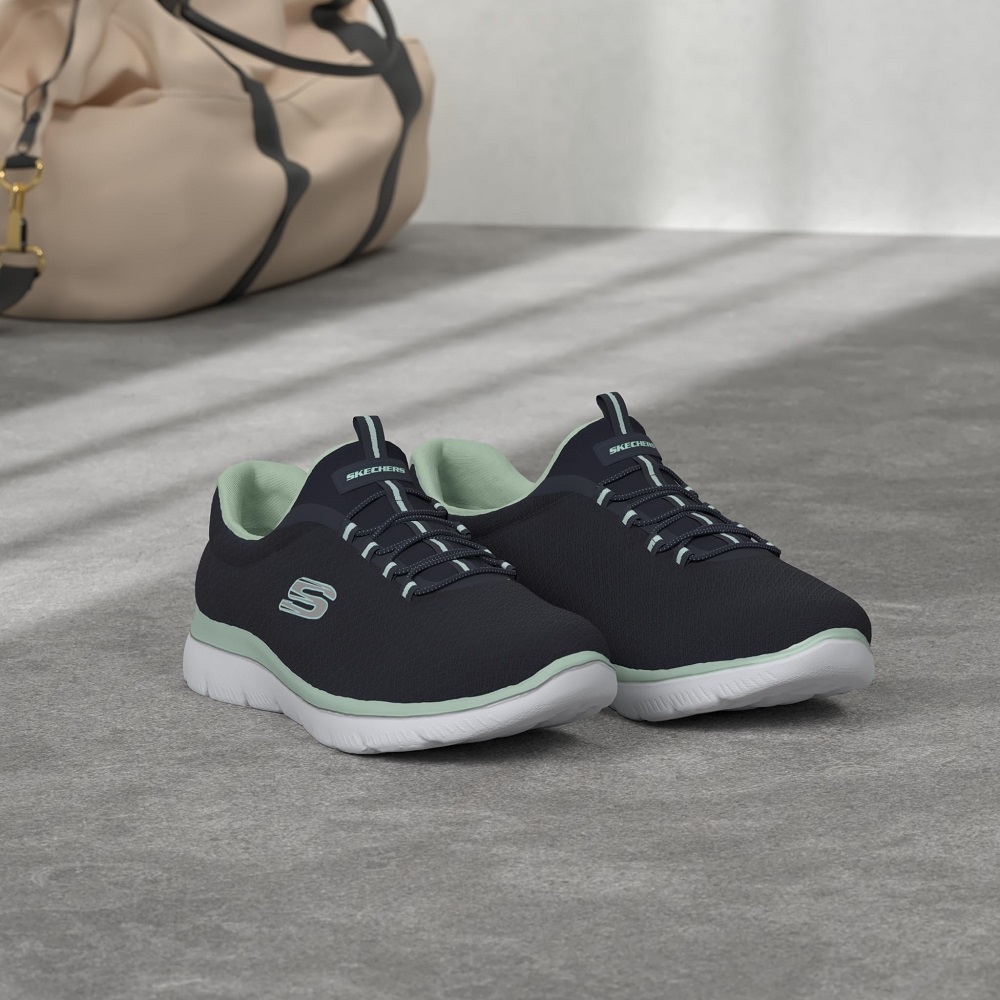
Tips for Buying Walking and Running Shoes
Choosing the right walking vs running shoes ensures comfort and enhances performance. Following specific buying tips can help you avoid common pitfalls and make the best choice.
Importance of Trial and Testing
Always try shoes before buying them. Walking or running in the shoes evaluates their fit and comfort. Focus on key areas like toe room, arch support, and heel grip. Ensure they match your foot shape and movement style.
Check for pressure points that may cause discomfort during long use. Walk or jog briefly to test flexibility and stability. Wear the socks you plan to use for the activity to get a true fit.
Physical testing helps identify potential issues with sizing and overall comfort. Online purchases should offer hassle-free returns. Testing guarantees satisfaction and prevents wasting money on unsuitable footwear.
Checks for Quality and Longevity
Inspect the materials and craftsmanship of the shoes carefully. Look for durable outsoles that can withstand repeated use. Check the stitching and seams for strength and smoothness.
Prioritize shoes made with breathable materials. Good airflow enhances comfort and prevents overheating. Evaluate midsoles for proper cushioning suited to walking or running needs.
Test the traction quality of the outsoles to ensure a strong grip on various surfaces. Lightweight yet sturdy designs improve ease for frequent activity. High-quality manufacturing increases durability and protects against quick wear and tear.
By trialing and checking for quality features, you can choose shoes that offer lasting comfort and performance.
Caring for Your Shoes
Regular Cleaning
Maintaining the longevity of your shoes requires regular cleaning. Dirt and debris can accumulate on the outsoles, affecting traction and performance. Use a damp cloth to wipe down the materials regularly, and clean the soles with a soft brush to remove any buildup.
If the shoes are machine washable, be sure to follow the manufacturer’s instructions for care. Removing the insoles and laces can help ensure that the shoes are cleaned thoroughly and dry properly. Regular care will keep your footwear looking great and performing well.
Proper Storage
When not in use, store your walking vs running shoes properly. Avoid leaving them in damp or humid areas, as this environment can lead to mold and deterioration. Instead, keep them in a cool, dry space away from direct sunlight.
Consider using shoe trees to help maintain the shape of the shoes while they are stored. This can prevent creasing and extend the life of the footwear. Proper storage solutions will protect your investment and keep your shoes ready for your next activity.
Recognizing the Signs of Wear
Be attentive to signs of wear and tear on your shoes. Over time, cushioning can break down, and treads can wear off, impacting performance and comfort. If you begin to notice decreased support or discomfort during walks or runs, it may be time to consider replacing your shoes.
Check for visual signs, such as cracks in the soles or worn-out treads. Regularly evaluating your footwear helps ensure that you maintain optimal support and comfort, ultimately improving your overall experience while walking or running.
Conclusion
Choosing between walking vs running shoes is a fundamental decision for anyone seeking to maintain an active lifestyle. Understanding the distinctions between the two types of shoes, including their design, functionality, and fit, is essential for making the right choice. Proper footwear can greatly influence comfort, performance, and overall enjoyment of walking and running.
Investing in quality shoes designed specifically for your chosen activity promotes better biomechanics, reducing the likelihood of injuries. Assessing your lifestyle, activity level, and foot type will guide your selection process, while trying on various brands will help ensure the best fit.
Finally, proper maintenance and care will extend the life of your shoes, keeping them in great condition for miles of enjoyment. Armed with this knowledge, you can confidently navigate your journey towards optimal footwear. Whatever your choice, embracing the right shoes will enhance your experience and support your active pursuits. Enjoy the freedom and benefits that come from choosing footwear that aligns with your lifestyle.

